Most businesses only know that having many reviews helps. But they are not aware that the frequency of getting reviews matters too. The pace of posting reviews on your business profile is called “Review Velocity.”
Google review frequency over time for new reviews should be taken care of. It signals Google’s algorithm and your target audience that your business is operating and active. A steady flow of reviews makes your profile fresh and helps with enhanced search visibility.
In this article, we will explore why review velocity matters. It explains what a healthy pace looks like and offers practical guidance on building a review strategy. You’ll also learn how to avoid common pitfalls that trigger Google issues.
Why Google Review Velocity Matters?
By now, you know that review velocity refers to how quickly you earn customer reviews. It’s not just about total volume,but rather consistency over time.
Review velocity is a crucial local SEO factor as it signals Google's business ranking. Moz conducted research and in its report, review signals (quantity, velocity, diversity) account for about 15.44% of local ranking influence. It indicates velocity as one of the major ranking factors.
Velocity shows continued customer engagement. If a business had many reviews long ago but none recently, Google's algorithms will consider the business as less relevant as compared to one that received reviews recently. Steady reviews also signal recent activity on a business profile.
What’s Considered Healthy Review Velocity
A steady review flow and consistency signal the algorithm and potential customers about the authenticity of your business.
Frequency
A general benchmark, as stated: 2–5 reviews per month for small businesses; 5–10 for midsize; 10–20+ for large businesses, as per customer volume.
Consistency
Healthy velocity is steady reviews posting. It refers to regular motion rather than bursts or droughts. For example, an average of 2 reviews weekly is more credible than 8 in one month, then none the next.
Quality and Diversity
Aim for mostly positive ratings, but some mixed scores are good. That enhances credibility. Encourage reviews across platforms, and not just on Google, to improve diversity.
Recency
About 69% of consumers consider reviews older than three months as outdated. Fresh inputs and recent updates will keep your profile relevant and engaging.
How Often Should Your Business Get New Reviews?
We saw that review consistency is important, but besides consistency, the timing of receiving reviews matters too. Let’s dive into how often you should aim to collect reviews for your business, to keep it relevant and fresh.
Recommendations by business size
Experts suggest businesses should follow monthly targets to get help with rankings.
-
Medium businesses: target 5–10/month, depending on customer volume
-
Enterprise/high-volume: 10–20+ reviews/month, if easily supported by transactions
These targets are steady, not erratic. Avoid too many fluctuations, meaning you collect 20 reviews in a month for your small business, and in another month, not a single review. This way, it may run into a risk of getting triggered.
Steadiness in collecting Google reviews matters as the algorithm gets trust signals based on consistency. With a sustained review pace, your business profile appears legitimate. With a reduction in velocity, the rankings weaken.
Gradually, you should also aim to increase review volume on your profile. It means you can grow the review count by 10-20% in the early months.
Why Organic‑Looking Review Patterns Are Crucial For Your Business?
Google’s systems are after business review collection patterns, and you should ensure that there are no major suspicions. Some common suspicious signals include:
-
Bulk reviews in a short span
-
Multiple reviews with identical text
-
Many reviews from the same approximate posting time or region
Such factors trigger the platform’s system as it is unnatural.
Organic‑looking patterns for review growth strategy usually have minor daily variance. A few on weekdays, one or two on weekends. Having said that, the review velocity should mirror the flow of customers in your business.
Follow the practice of asking for reviews from customers after completing a service or delivering a product. Encourage them to use flexible templates to avoid repetitive wording. It signals the production of authentic reviews and natural patterns.
Red‑Flag Thresholds: What Triggers Google’s Suspicion?
Certain review practices raise red flags with Google’s algorithms. Hence, when asking for reviews from your customers, keep a few critical aspects in mind to keep your profile safe from getting flagged for maliciously collecting reviews.
Sudden Review Increase
A surge in review count, say 20 reviews in one day, appears unusual. It may trigger spam filters. The system may remove genuine reviews too if the velocity seems unrealistic.
Identical Content Or Timing
When multiple reviews on your business profile have the same phrasing or come from similar locations and times, Google may treat them as fake.
Review Takedowns
At times, businesses have noticed that some of their legitimate reviews were also taken down if the system detected something suspicious. It results in hurting both visibility and credibility.
Burnout Risk
Don’t make the mistake of asking too many of your loyal clients, at the same time, to post a review. This way ,you will risk burning out your goodwill. At some point, they may decline the request or stop responding.
To get away from such risks of getting flagged by the system or hurting your online visibility, work on building a review collection strategy for your highest good.
How to Build a Google Review Collection Strategy
To gain steady growth and business credibility, follow a smart review collection strategy. Let’s see how you can build a rewarding one for your business.
The Right Time To Ask
Ask customers for a review within 24–48 hours of offering a product or service. That moment is fresh and natural and can give you a review that will be fruitful for your business’s online presence.
Use multiple channels
Ask your customers to post a review in several ways.
-
QR codes are printed on receipts or displayed in-store for quick scanning.
-
Email follow‑ups, with friendly, varied templates and delays of 1–3 days.
-
SMS reminders, which enjoy high open rates. Messages should be personalized and spaced out.
Leverage Varied Approach
Use different message phrasing, sender names, and send at different times. It will help avoid pattern detection.
Keep It Simple
Provide direct links to your Google Business Profile or other platforms. It will make the process of leaving reviews for your customers frictionless.
Respond To Reviews
Reply promptly to reviews, ideally within 24–48 hours. Thank positive reviewers. Address negative ones courteously. Such active engagement is valued by Google’s system.
Maintaining a healthy flow of reviews on your business profile will help it with a positive impact. Know how you can determine it.
Measuring Review Impact on Google Business Profile Performance
Besides building customer trust, reviews help with an increase in your Google business profile visibility and credibility. Here’s how you can measure its impact.
Local Pack rankings
Consistent reviews help your business listing appear in Google’s Local Pack for relevant searches. Local pack refers to the top three business results for local searches, and it indicates that reviews are a considerable local ranking factor.
Review-generated content
Reviews provide fresh keywords. Customers often mention services or location details while posting a review for your business. This helps Google match your profile to related search queries.
Google Business Insights
You should track a few metrics on your business profile to understand the impact.
-
Number of new reviews and star rating trend
-
Search views and direct/indirect searches
-
Customer actions such as calls, website clicks, and direction requests
Now, it's time to see what healthy review velocity looks like, and a few other factors that will signal the algorithm that your business is trusted and offers quality products or services.
Conclusion
Review velocity is not about rapid gains. It’s an exercise in long-term trust-building. A steady and authentic stream of reviews is far more valuable than a large volume of reviews. Audit your current review pace. The process will need adjustments if it is erratic or too slow.
If you need help with review collection, consider services that offer authentic paid reviews. Choose BuyReviewz; we offer 100% real and authentic Google reviews with a steady flow that will amplify your business’s presence.
We also provide custom reviews and Google reviews with images. Generate Google reviews with buyReviewz.
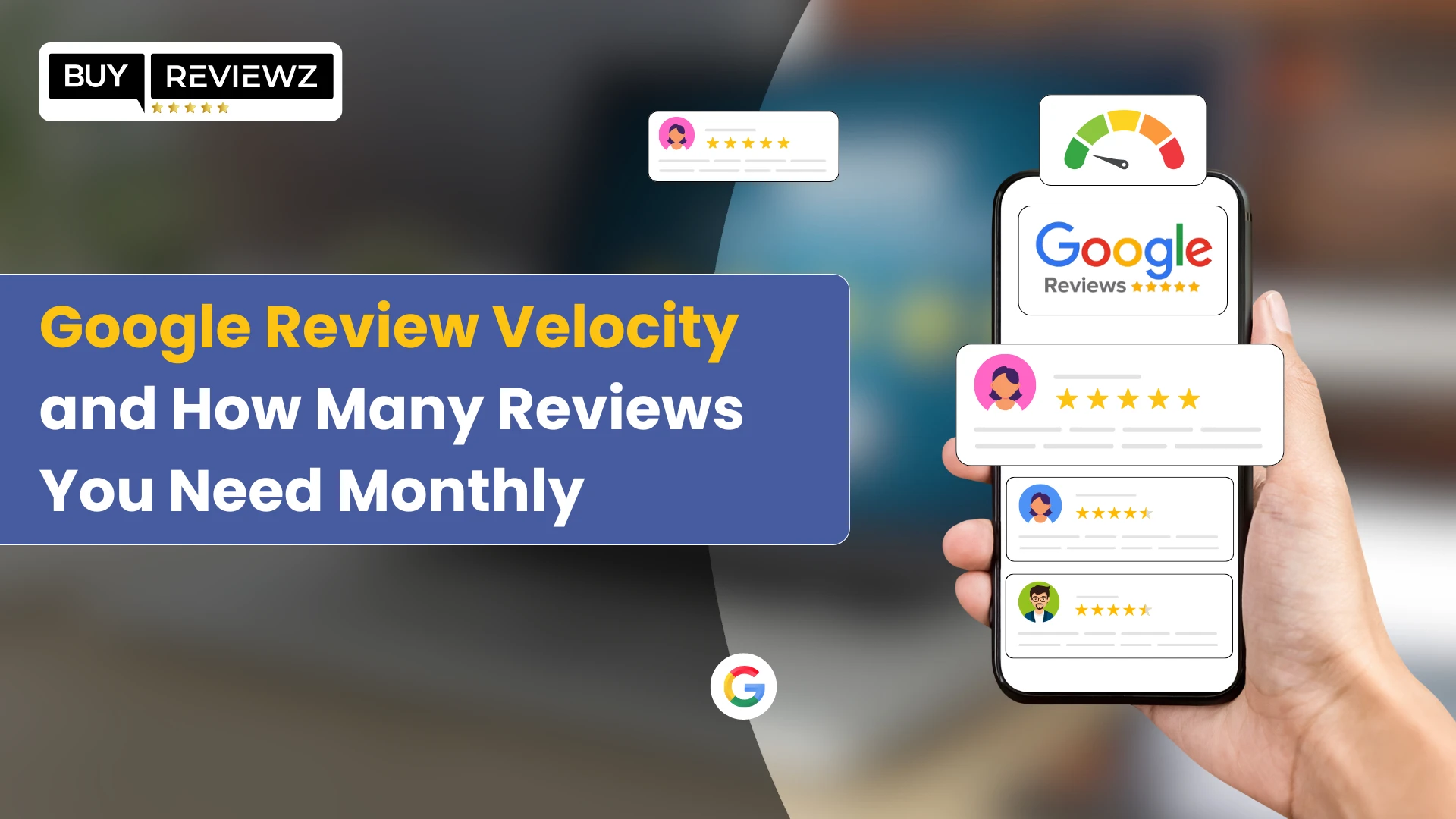



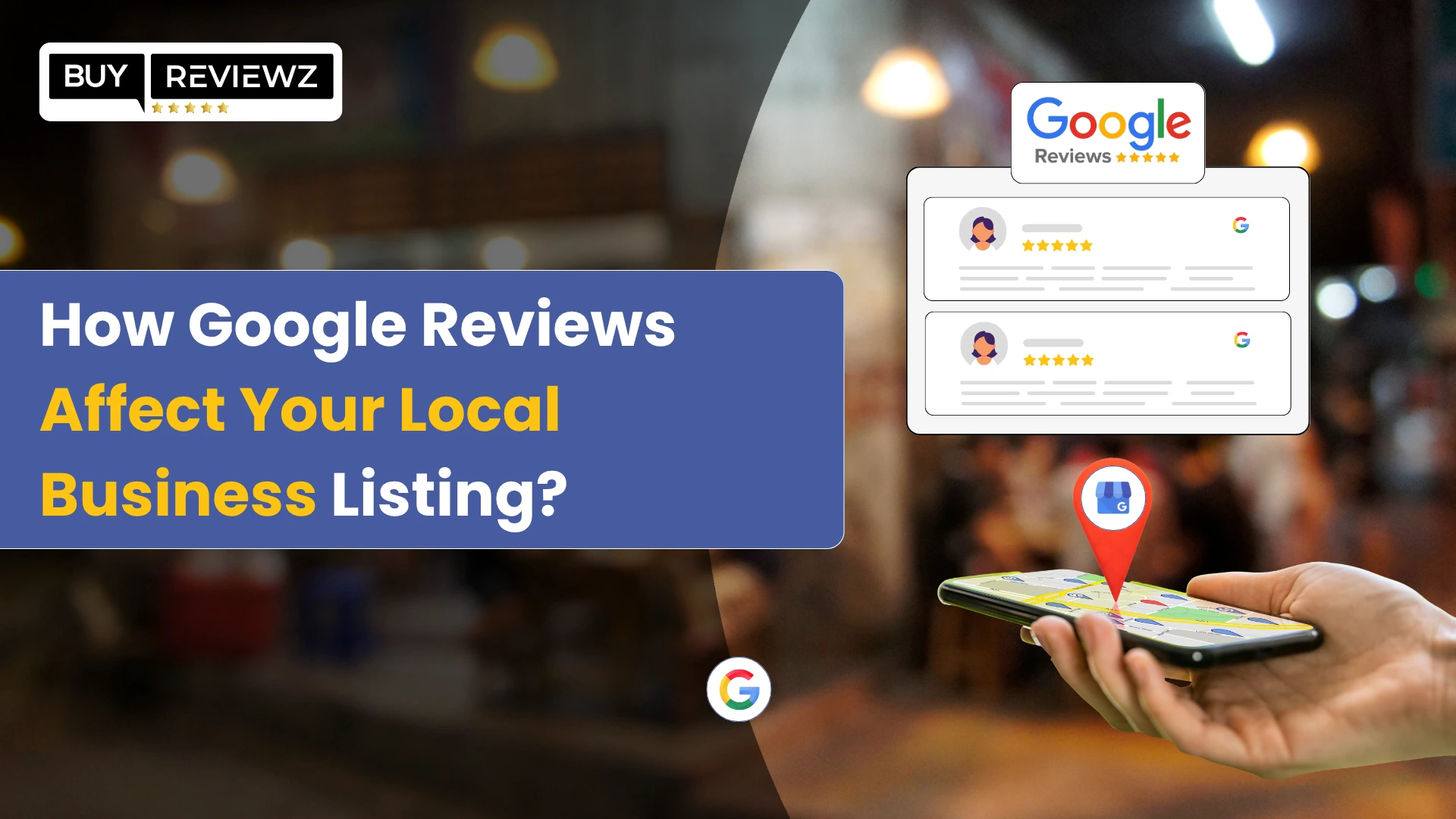
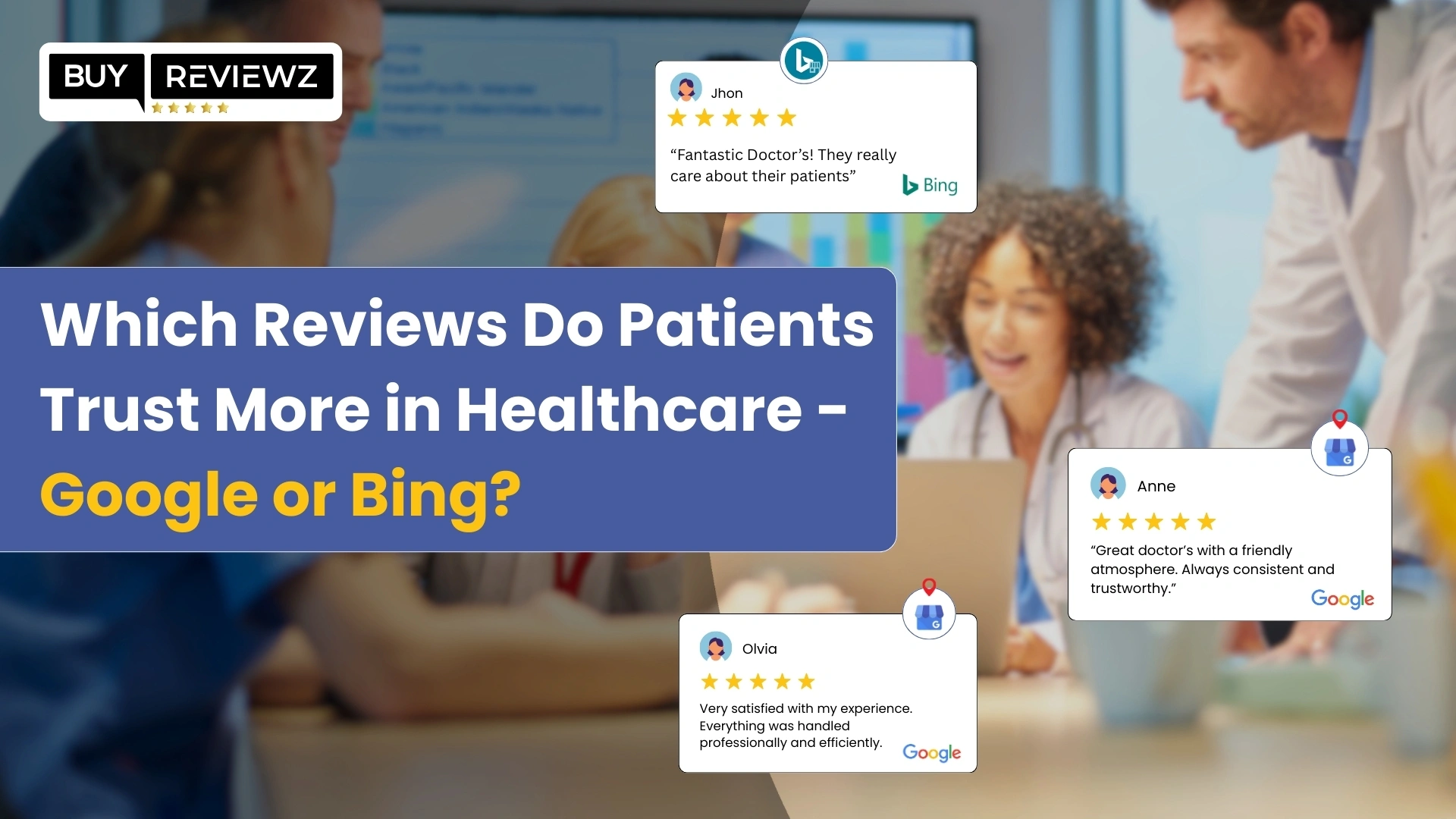

 Google Business Reviews API: A Complete Guide
Google Business Reviews API: A Complete Guide
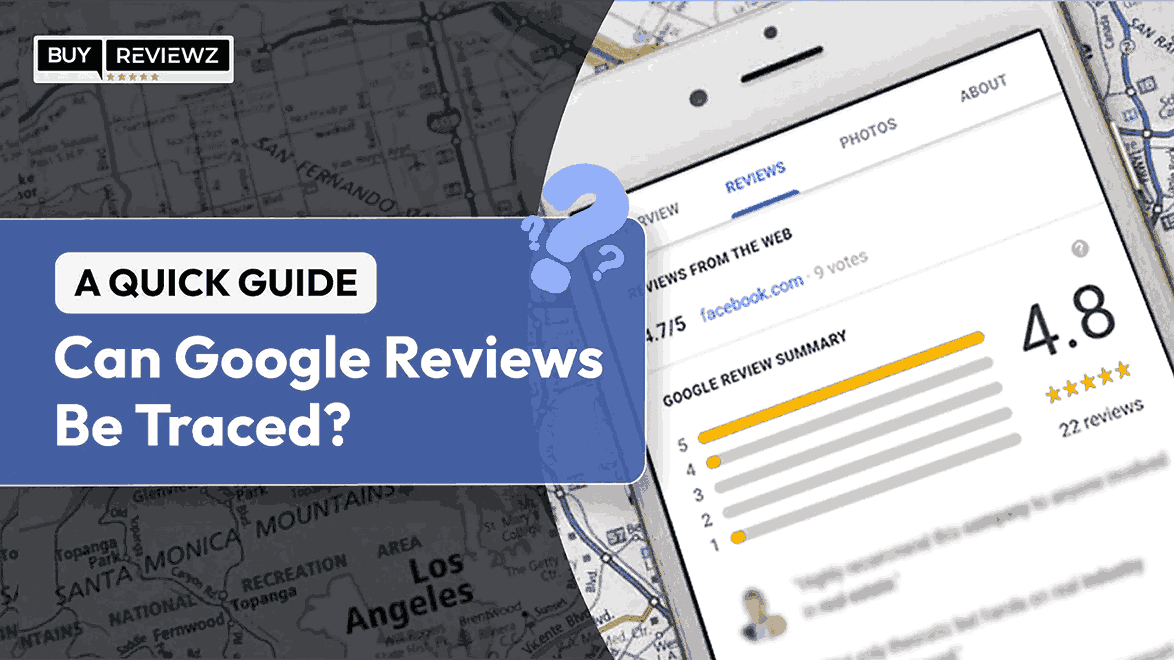 Can Google Reviews Be Traced? A Quick Guide
Can Google Reviews Be Traced? A Quick Guide
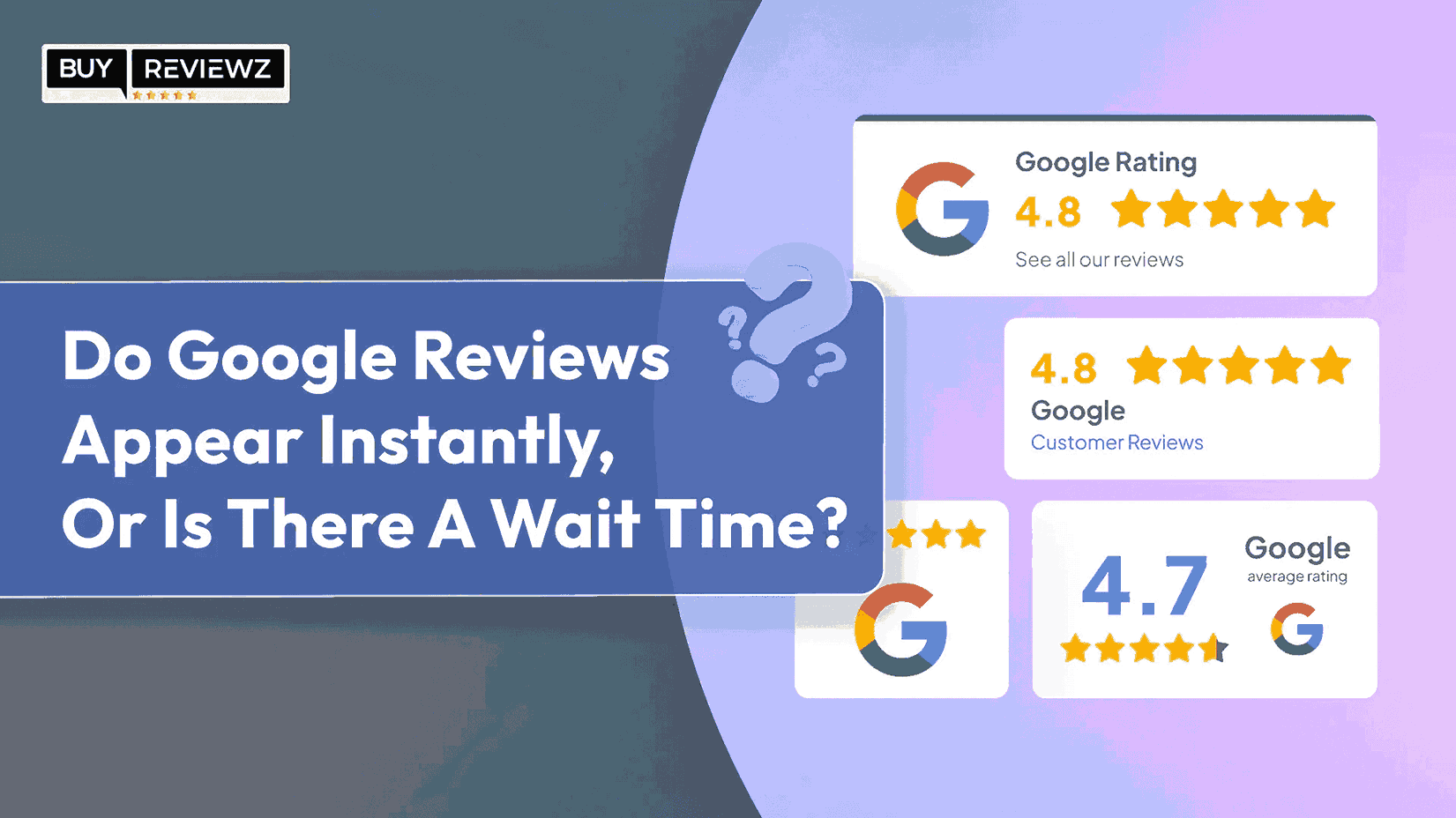 Do Google Reviews Appear Instantly or Is There A Wait Time?
Do Google Reviews Appear Instantly or Is There A Wait Time?